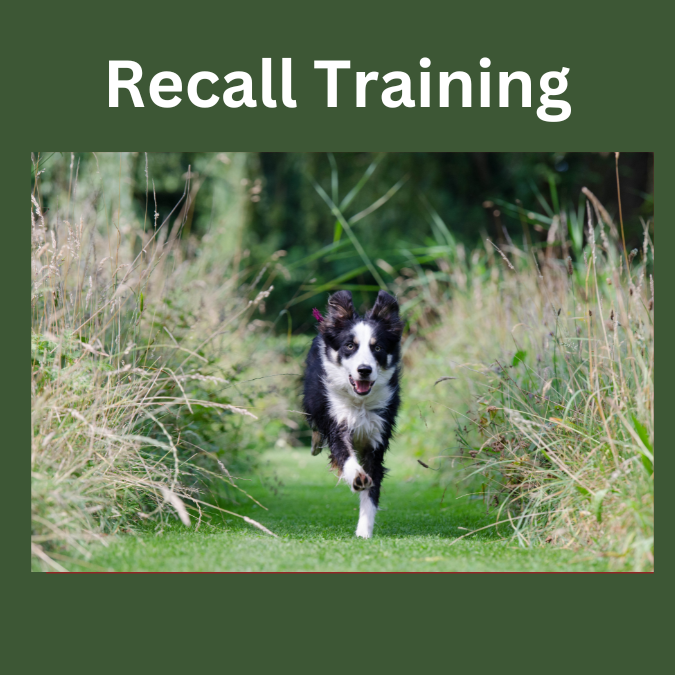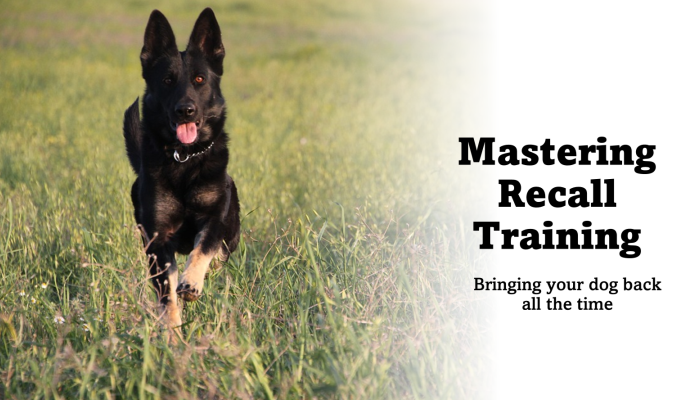
Mastering Recall Training 101: Bringing Your Dog Back Every Time
Recall training for your furry friend is not just about teaching them to come when
called.
It is about fostering a strong bond built on trust and understanding.
In this comprehensive guide, we delve deep into the intricacies of Recall Training
101: Bringing Your Dog Back Every Time.
As a result, provides you with the knowledge and techniques necessary to succeed.
Recall Training 101: Bringing Your Dog Back Every Time
First Step: Developing a Comprehensive Outline
Before penning down your thoughts, it’s imperative to lay the groundwork with a
meticulous outline.
This roadmap will streamline your writing process and ensure that your content is
cohesive and well-structured.
Let’s dive into the first step towards mastering recall training.
Step 1: Understanding the Importance of Recall Training
Recall training lays the foundation for a harmonious relationship between you and your canine companion.
So, by instilling a reliable recall command, you can prevent potentially dangerous
situations.
And therefore, foster a sense of security for your pet.
Step 2: Identifying Key Components of Recall Training
Effective recall training includes establishing trust, utilizing positive reinforcement,
and mastering distraction-proof commands.
Understanding these components is crucial for success.
Step 3: Crafting Engaging Headings and Subheadings
The key to capturing your audience’s attention is crafting engaging headings and
subheadings.
These serve as signposts, guiding readers through your content and piquing their
interest.
Headings and Subheadings Table:
| Heading | Subheading |
| Introduction | – Understanding Recall Training |
| – Establishing Trust | |
| – Importance of Positive Reinforcement | |
| – Mastering Distraction-Proof Commands | |
| Step 1: Preparing for Recall Training | – Assessing Your Dog’s Current Level |
| – Setting Realistic Goals | |
| Step 2: Implementing Recall Techniques | – Starting with Basic Commands |
| – Gradually Increasing Difficulty | |
| – Incorporating Real-Life Scenarios | |
| Step 3: Troubleshooting Common Challenges | – Dealing with Distractions |
| – Overcoming Fear or Anxiety | |
| – Addressing Regression | |
| Step 4: Reinforcing Recall Commands | – Consistency is Key |
| – Celebrating Successes | |
| – Incorporating Varied Rewards | |
| Conclusion | – Celebrate Progress |
FAQS:
-
How long does recall training typically take?
Recall training duration can vary based on several factors, including your dog’s age,breed, and previous training experiences. However, consistency and patience are key components of success.
- What if my dog doesn’t respond to recall commands? If your dog struggles to respond to recall commands, assessing potential barriers, such as distractions or fear, is essential. Adjust your training approach accordingly, and seek guidance from a professional if needed.
-
Can recall training be taught to older dogs?
Absolutely! While it may require additional patience and persistence, recall training can be effectively taught to dogs of all ages. Tailor your approach to accommodate your dog’s individual needs and abilities.
-
Should I use treats as rewards during recall training?
Treats can be a powerful motivator during recall training, especially in the initial stages.
However, it’s essential to gradually phase out food rewards and replace them with other forms of reinforcement to ensure long-term success.
-
How can I maintain consistency in recall training?
Consistency is paramount in recall training. Establish clear expectations, practice regularly in various environments, and reinforce positive behaviors consistently to solidify your dog’s recall skills.
- What if my dog experiences setbacks during training?
- Setbacks are a natural part of the training process.Remain patient, stay consistent with your approach, and focus on reinforcing positive behaviors. Celebrate small victories along the way, and don’t hesitate to seek guidance if needed.
Conclusion of Mastering Recall Training 101: Bringing Your Dog Back Every Time
Mastering recall training is a journey that requires dedication, patience, and a deep
understanding of your canine companion.
Following the steps outlined in this guide and staying committed to the process, you can
Build a strong foundation for a lifelong bond built on trust and mutual respect.
Remember, consistency is key, and every small victory brings you one step closer to success.


































